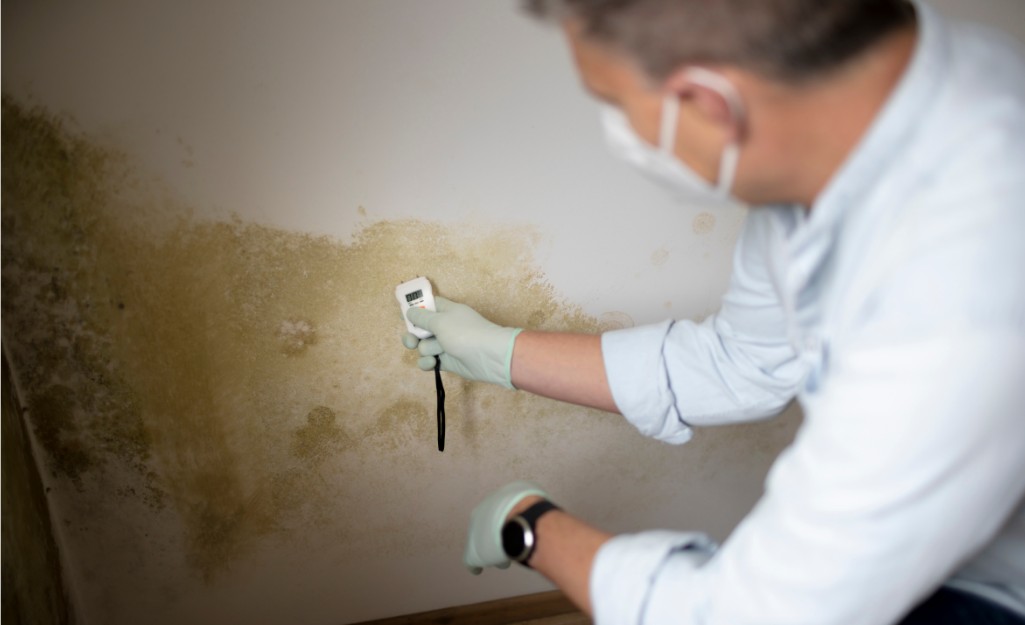Stopping Water Damage in the Bathroom
Stopping Water Damage in the Bathroom
Blog Article
How do you feel with regards to Looking for Signs of Water Damage in the Bathroom?

The washroom is incredibly susceptible for moist accumulation and also possible water damages because of the frequent use of water in it. This write-up supplies straightforward assessment methods to assist spotting water damages dangers.
The regular use of water in the bathroom makes it extremely prone for damp accumulation and possible water damages. By examining it regularly, you can lower water associated damages.
The adhering to set of inspections is very easy to carry out and also must be done when in every three months in order to maintain your restroom in good shape and also to avoid potential water problems triggered by the bathtub, the shower, pipeline joints as well as plumbing, sinks, cabinets, and also the bathroom
Do not neglect executing these evaluations and also be extensive while performing them. Remember that these easy examinations can save you a lot of cash by providing very early indications for water damages
Bath tub as well as Shower
The shower and bath tub need special focus as well as upkeep. Inspect the tiles and also change if cracked. See to it that there is no missing grout in between the tiles. Evaluate as well as replace split caulking at joints where the walls fulfill the floor or the bath tub. Blocked drains and also pipes issues will certainly avoid the bath tub from drying as well as might suggest significant problems underneath the bathtub. Talk to a professional right away to stop structural damages. Take notice of discolorations or soft areas around the bath tub walls as they may show an internal leak.
Plumbing
Signs for water damages are hard to discover given that the majority of pipes are set up inside the wall surfaces.
Pay unique attention to flooring and also wall surfaces moisture as well as discolorations as they might indicate an undetectable plumbing issue. Examine moisture levels in adjacent areas as well.
Sinks and Cabinets
Sinks as well as closets are revealed to moisture and humidity everyday as well as are usually overlooked. Inspect on a regular basis under the sink and on the counter top over it. Fix any drip in the trap as it might suggest drain issues. Check out the sink, slow draining pipes might show a blocked drain. Replace sink seals if they are fractured or loosened.
The Toilet
The bathroom is a prone water joint. Check the water lines and search for leakages around the commode seat, in the tube, and under the water storage tank. If you find any type of indicators of dampness on the floor around the toilet, check for leaks in the toilet edge and storage tank seals.
Know that hanging commode bowl deodorants boosts the opportunities for clogs.
TIPS TO PREVENT WATER DAMAGE IN THE BATHROOM
The average household uses approximately 80-100 gallons of water per person per day. For a family of 4, that's almost 2,500 gallons of water a week! The largest portion of this consumption comes from bathroom use. Flushing the toilet uses the most water, followed by taking a shower or bath. With that much water running through the home, water damage in the bathroom is bound to happen. Knowing how to spot signs of a water leak is essential to preventing long-term damage. This guide provides you with tips to reduce the impact of water damage on your bathroom.
CAUSES OF BATHROOM WATER DAMAGE
Pipe breaks are the most common cause of water damage we see in our daily jobs. The age of a pipe plays a large role in a pipe break as well as corrosion. Over time, the metal begins to break down, allowing water to escape. Frozen pipe breaks are also a concern in the winter months. Toilet overflows caused by paper products or children flushing inappropriate items. Degraded caulking around the toilet or bathtub can allow water seepage, sometimes behind the fixture, into the subfloor or walls. Condensation forms when the water in a pipe is cooler than the air temperature. Beads of water form on the exterior of the pipes, sometimes so much so that the water begins to drip and pool below. Sink or shower backups created by poor drainage. HOW TO PREVENT WATER DAMAGE IN YOUR BATHROOM
Inspect your toilet supply line for worn or frayed hoses and replace them as needed. Winterize your plumbing to prevent a frozen pipe break. Use vent fans to prevent condensation that can lead to mold growth. Routinely check and replace degraded caulking around your toilet or bathtub. Increase the temperature in your toilet tank and insulate your pipes during the warm summer months to keep condensation from forming. Use child safety locks on the toilets. Flush only toilet paper. "Flushable" wet wipes are actually not good for your plumbing system. Additionally, feminine hygiene products should not be flushed. Prevent water from escaping the tub or shower. Make sure shower curtains are in good condition. Inspect shower doors and replace the seal strip if necessary. Wipe up any water that accumulates on the floor and use bath mats. Water left to sit can cause damage to the tiles and flooring. Refrain from using bath products containing heavy oils to avoid a clogged drain.

Do you really like reading about Preventing Water Damage in the Bathroom? Create a short review directly below. We would be glad to find out your suggestions about this write-up. Hoping that you visit us again before long. Sharing is nice. You never know, you will be doing someone a favor. Thank you for your time. Please pay a visit to our site back soon.
Order Repair Report this page